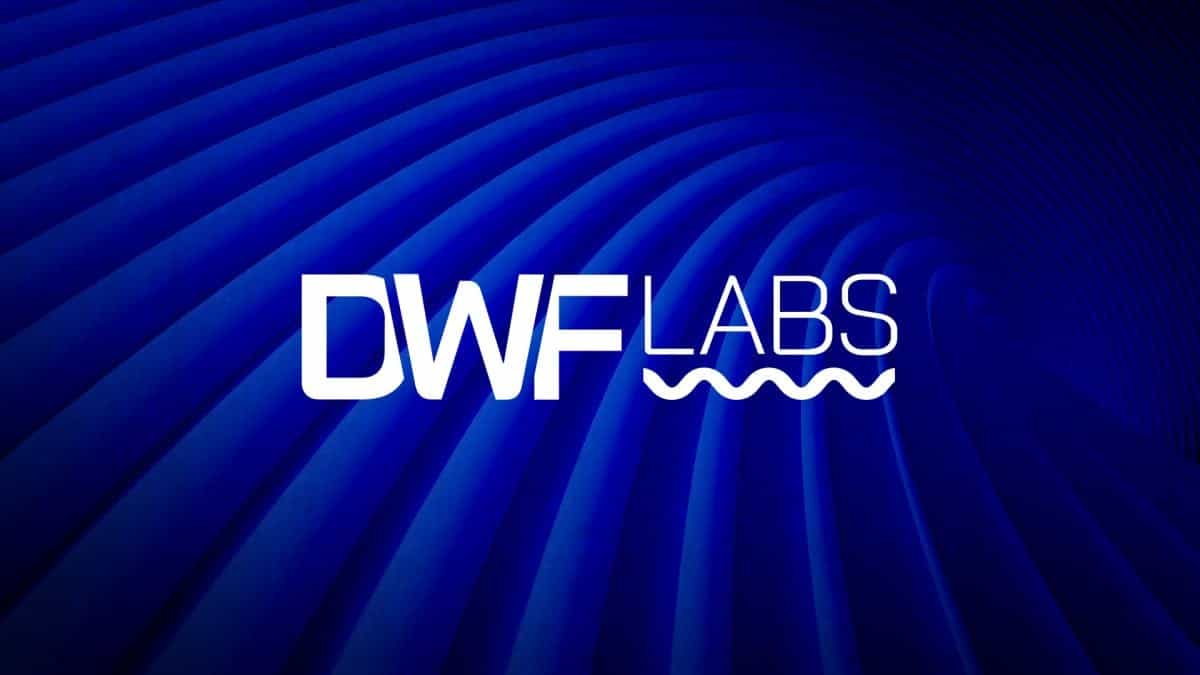A brief history of Ethereum's upgrade roadmap


Blockchain platform Ethereum  ETH
-0.12%
has undergone a series of transformations since its inception.
ETH
-0.12%
has undergone a series of transformations since its inception.
The platform kicked off with the initial vision of creating a "decentralized world computer." Yet it swiftly ran into challenges involving scalability and its impact on the environment.
Here's how it progressed over time and what is expected to take place going ahead.
Historical Ethereum upgrades
One of the earliest Ethereum upgrades was the Byzantium hard fork in October 2017. This reduced rewards for mining Ethereum blocks from 5 ETH per block to 3 ETH. It also delayed the difficulty bomb for another year, a planned change to move the network away from its proof-of-work consensus mechanism.
In 2019, there were the Instanbul and Constantinople upgrades. Instanbul helped to optimize transaction fees while making the network more resilient against denial-of-service attacks. It also made the network more supportive of Layer 2 networks. Constantinople made sure the network didn't stop prior to its upcoming shift to proof of stake.
In 2020, the network launched the Beacon Chain, the first major step in its move to proof of stake. This allowed for staking of ether, although withdrawals were not yet enabled. It also meant the proof-of-stake Ethereum chain was running in parallel to the proof-of-work chain — for them later to be merged.
The next year there was the London hard fork, which introduced EIP-1559. This changed how transaction fees worked on the network, with a portion of the fees getting burned and reducing the supply of ether. This was Ethereum's biggest change to its tokenomics. That year, there was also the Berlin hard fork, which further optimised transaction fees for certain actions, while the Altair hard fork introduced a few features designed to prepare the network for the Merge.
Implementing the Merge
The Merge, a historical landmark in Ethereum's journey, marked a significant shift in the platform's consensus mechanism, transitioning it from proof of work to proof of stake in September 2022. This transition allowed the network to become more environmentally friendly and drastically reduced the issuance of ETH.
The Merge required significant alterations in the network's infrastructure. This transition was not only technically challenging but also necessitated meticulous planning and execution to ensure a smooth transition without disrupting the network's operations.
However, while the Merge marked a significant milestone, it was merely the first step in a much larger plan. The roadmap outlines several upgrades, including the Surge, the Verge, the Purge, and the Splurge. Each of these upgrades is designed to address specific issues within the Ethereum network and enhance its overall functionality.
Future Ethereum upgrades
The Surge is an upgrade focusing on improving scalability through sharding with respect to data availability. This will make it easier for the blockchain platform support Layer 2 networks, like Optimism, Arbitrum, Base and zkSync.
Further down the roadmap, Ethereum plans to implement the Verge, an upgrade aimed at optimizing data storage through a highly technical concept known as "Verkle Trees." This concept will change the way data is stored on the Ethereum blockchain, enabling more efficient storage. It's expected to contribute significantly to Ethereum's goal of stateless validation, allowing more participants to join the network without the need for extensive hardware requirements
The Purge, on the other hand, is designed to reduce network congestion by purging excess historical data, and the Splurge represents a collection of various improvements and maintenance tasks to ensure the smooth running of the network.
With each step in its evolution, Ethereum continues to refine its platform, striving towards its ultimate goal of becoming a highly scalable, secure, and decentralized blockchain platform. The journey is far from over, with many more upgrades planned for the future, each designed to enhance the platform's capacity, functionality, and user experience.
The role of the Ethereum community
The Ethereum community plays an indispensable role in shaping the upgrade roadmap of the platform.
This community comprises developers, validators, users, and other stakeholders who actively participate in the decision-making processes, contributing to the evolution of the platform. They are the driving force behind the continuous improvements and enhancements that the platform undergoes, ensuring that they address the evolving needs and challenges of the network.
Furthermore, the community's role extends beyond the technical aspects of the upgrades. They also play a vital part in fostering a culture of openness and collaboration within the Ethereum ecosystem. This culture encourages active participation and shared responsibility, ensuring that the platform remains robust, efficient, and capable of meeting the growing demands of its users.
As Ethereum continues to evolve, the role of its community remains crucial. Their collective expertise, insights, and commitment to the platform's development are key to shaping its upgrade roadmap and driving its continuous evolution.
Disclaimer: This article was produced with the assistance of OpenAI’s ChatGPT 3.5/4 and reviewed and edited by our editorial team.
© 2023 The Block. All Rights Reserved. This article is provided for informational purposes only. It is not offered or intended to be used as legal, tax, investment, financial, or other advice.



